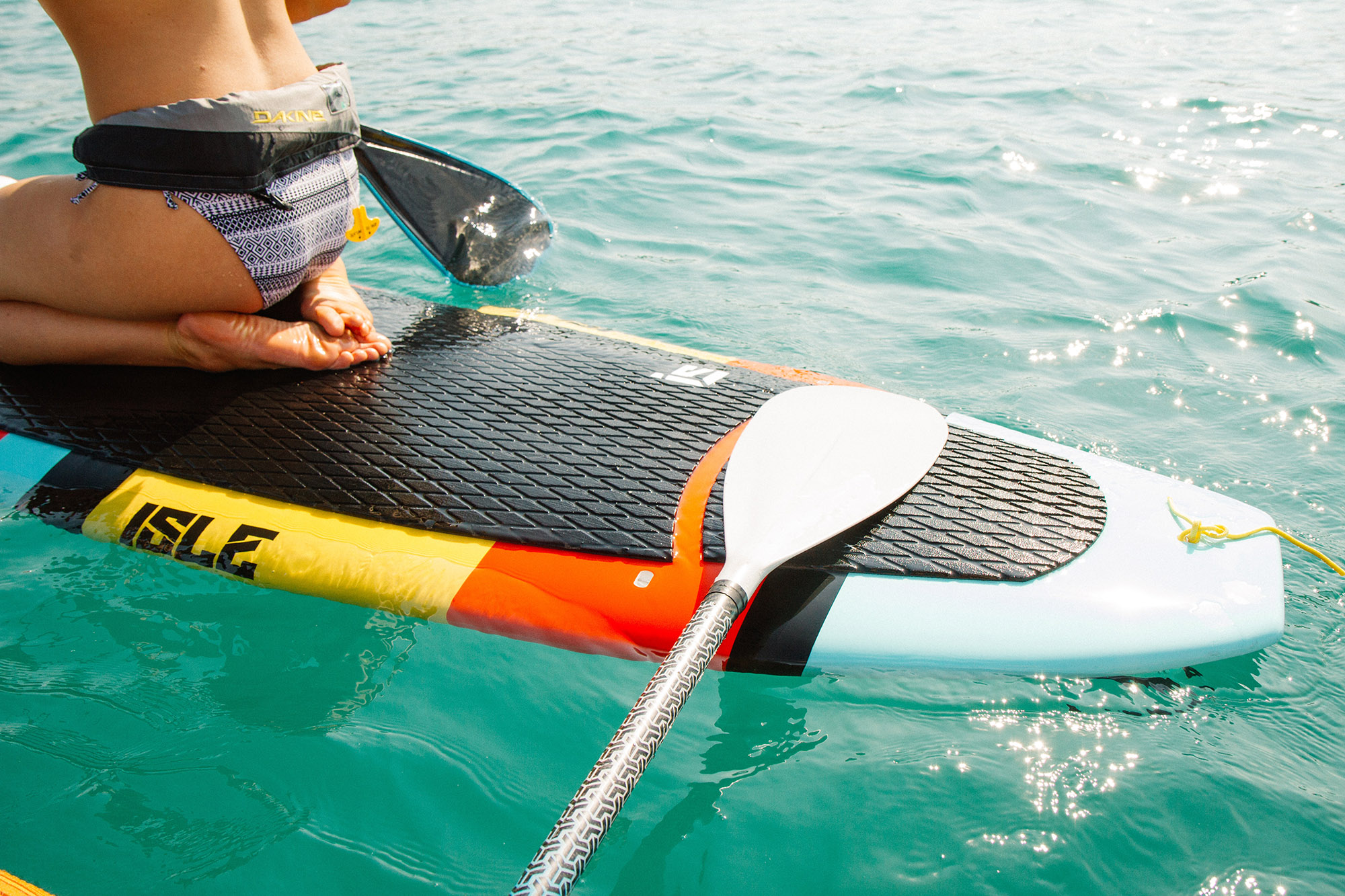
Are you suffering an injury from your footwear?

Festival season is right around the corner! Here at Pivotal Motion, we’d like to talk about the common injuries seen when wearing inappropriate footwear. Below we have listed the injuries that we most commonly see during festival season.
Plantar Fasciitis
Plantar fasciitis is an inflammatory condition which affects the heel of your foot. More specifically, it affects the region where the arch of your foot inserts into your heel bone. Most sufferers of this condition will complain of an ache, burn or stabbing sensation on the underside of their heel. This pain can often be worse in the morning or following a long day on your feet.
In severe cases, plantar fasciitis can cause the underside of your calcaneus to develop a bony spur. This can lead to further irritation of the region. Whilst this does not necessarily need any specific intervention, it can cause delays in recovery time!
Plantar fasciitis is easily preventable. However, if you suffer from it, recovery time can vary depending on your body type and your capacity to exercise! As the plantar fascia is a thick band of connective tissue, it has a poor blood supply. As a result, the healing of the ligament is impaired. Fortunately, exercise is can manage and reduce the symptoms of plantar fasciitis. As soon as symptoms begin it should be undertaken.
Exercises for the treatment of plantar fasciitis revolve around restoring appropriate foot mechanics and strength. Overload combined with a flattened arch is the primary cause of PF. Therefore, supporting the arch with passive structures whilst utilising arch restoring exercises is the most beneficial avenue of treatment. The use of orthotics and appropriate fitting footwear should be at the top of your to-do list.
Ankle Impingement
Ankle impingement is a condition which causes pain at either the front or back of your ankle during movements such as pointing your toes or bending your ankle forward. The compression of certain ankle structures results in this pain. Muscles, tendons, ligaments and joint surfaces are just a few examples of these structures.
With ongoing compressions and irritation of these structures, you can develop a very pro-inflammatory environment, and as such, this can result in further pain and discomfort. This is why one of our physiotherapists should always look at your ankle when you get pain on movement!
The treatment for ankle impingement includes a combination of both manual therapy and exercise therapy. The physiotherapist will work to improve the flexibility and movement of your joint, combined with improving the joint space available. As you can imagine, increasing the amount of available joint space reduces the likelihood of irritation of the structures passing through it.
Exercise therapy for this condition works to strengthen the entire ankle joint, essentially working like a muscular brace for your ankle. With increased stability and strength, the likelihood of ongoing irritation to the structures is minimised.
Do you have posterior foot pain from footwear?
Achilles Tendinopathy
Achilles tendinopathy is another pro-inflammatory condition which affects the large tendon that attaches into the back of your heel. Classified as an overuse injury, it often presents following a recent increase in training load or changes in training surfaces or footwear. However, poor foot mechanics, poor calf strength and genetics also play a role in this condition.
Similar to plantar fasciitis, sufferers of this condition will complain of pain at the back of the heel or mid-tendon first thing in the morning, or at the end of a long day. Often, it can feel painful at the beginning of exercise, before resolving during and flaring back up again post exercise. When this condition becomes particularly severe, you can begin to feel this pain during activities of everyday living, including walking and jumping.
Achilles tendinopathy has been shown to respond very well to exercise therapy, but that’s not to say your physiotherapist cannot assist! Manual therapy to help release the tightness in your calves, and movement retraining to improve foot mechanics is important to ensuring the long-term benefits of your rehabilitation. Following this, exercises aimed at resolving the inflammatory environment surrounding the condition should be performed daily. Additionally, they should be accompanied with calf and achilles strengthening. Eccentric exercises have been proven to be very effective. These are exercises performed when the muscle is working while LENGHTENING. As such, your physiotherapist will often work to prescribe exercises using this exercise principle.
Don’t suffer an injury from your footwear, book in online to see one of our fantastic physiotherapist’s today!





